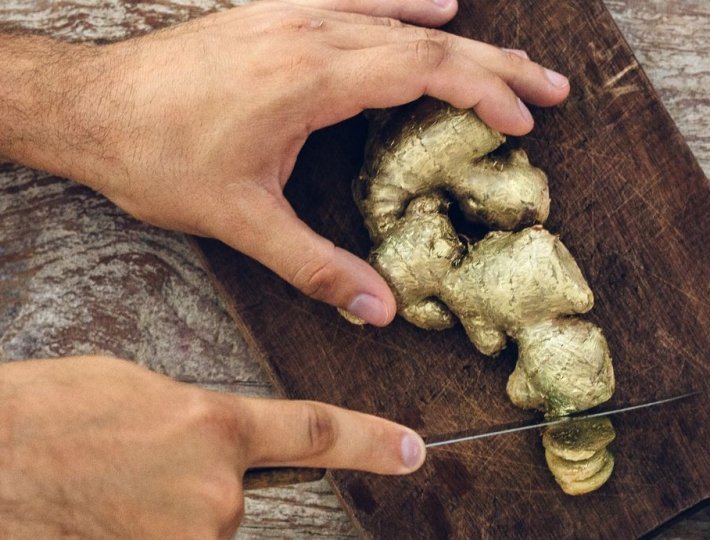Chronic injuries are often paired with a gauntlet of treatments—physical therapy, trigger point massage, acupuncture, cortisone shots, and for the unlucky ones, surgery—to help keep athletes (recreational or elite) comfortably competing in the sports and activities that they love. Some folks seeking long-term pain solutions without going under the knife may be more open to seemingly extreme measures of treatment, including a less widely known form of therapy called dry needling. Haven’t heard of it? Neither have most people.
In the U.S., only five percent of physical therapists are trained in the technique, which uses acupuncture needles to quickly and repeatedly jab hard-to-reach trigger points that are often considered the root causes of injuries, including tendonitis, back pain, and neck pain. If that sounds painful, that’s because it usually is. But this pain often leads to great gains for people who have struggled for years with overly tight tendons or nerve pain.
A pioneer in dry needling and pain treatment, Canadian physician Chan Gunn, M.D., developed this method called Intramuscular Stimulation (IMS) about three decades ago to combat myofascial pain syndromes in the musculoskeletal system. In other words, Gunn’s unique process was designed to tackle the nagging injuries that don’t show up on MRIs, CT scans, and X-rays, and always feel impossible to treat.
“Doctors used to inject lidocaine into the trigger points to numb them out, which only covered the pain. Dry needling took that model, substituted the hypodermic needle for an acupuncture needle, and used it as an invasive tool to stimulate the deep tissue trigger points massage therapists couldn’t reach,” explains Boulder-based physical therapist Charlie Merrill, who was among the first in Colorado to use dry needling on clients in 2004.
How exactly does dry needling work? The point (pun intended) of dry needling is to cause an injured muscle that has contracted and shortened to cramp around and grab the needle. When the jabbing needle is removed, the now awakened muscle relaxes, lengthening the tissue. The small injury caused by the needle also brings blood to the area to help heal and strengthen it, and if you add electrical stimulation between two needles, it reengages nerve pathways to function properly again.
Related: Taking the First Steps Toward Pain-Free Living
“It was somewhat of a panacea at the time and you wanted to needle everything,” says Merrill, who used dry needling with several of his professional athlete clients, and watched some cancel scheduled surgeries and compete without pain for the first time in years. Physical therapists focused the technique on local issues at first, like dry needling a calf muscle to release the Achilles tendon or dry needling shoulders to relax neck pain. Over time, however, professionals have discovered its effectiveness for more complex problems like spinal points that affect downstream injuries, such as sciatica, and solving long time layers of dysfunction like joint stiffness, fascial restrictions, and motor control issues.
Like most physical therapists, Merrill has found that while dry needling can often make a person feel better immediately, the athlete still needs to retrain and strengthen their muscles. According to a review in the Journal of Orthopedic & Sports Physical Therapy, studies on dry needling have shown that the technique speeds up the recovery process, getting patients moving and out of pain more quickly. While dry needling is an important tool to have in your toolbox, it only one of many that can help people live pain free.
If dry needling is so effective, why is it still not widely used? Well, for starters, U.S. physical therapists are legally allowed to practice this technique in only 40 states. Five state boards—Idaho, Kansas, New York, South Dakota and Hawaii—have stated dry needling is not in the scope of a physical therapist’s practice.
The pushback isn’t coming from any inherent risk in the technique, but rather from acupuncture groups who say that needling is their territory. The argument from physical therapists is that there are significant differences in the techniques. Where acupuncturists base their work on ancient Eastern medicine, dry needling is rooted in Western neuroanatomy, and a modern understanding of the musculoskeletal and nervous system. Acupuncturists keep much of their work in shallower parts of the muscle tissue, dry needling involves sinking the needle about 80 to 100 millimeters deep. The lobbying by acupuncturist groups to keep needling under their umbrella mirrors some of the issues chiropractors had when physical therapists added manipulation into their work.
“It’s easy to see why they’re resistant,” Merrill says. “But we’re trying to achieve the same goal: helping people.” And it’s working. Merrill has treated runners who have dealt with plantar fasciitis for years; one treatment took care of their pain for good. The same went for tendonitis, long-standing back pain, spinal pain, locked gluteal muscles, and even jaw pain.
“The deeper the problem, the better it works,” says Merrill. He expects that as dry needling gains widespread appeal over time, the technique will become a part of every physical therapist’s repertoire as evidenced by his most recent trip to Japan. “They don’t do trigger point needling in Japan yet and I had the chance to needle one of them. They were blown away.”











Comments (0)